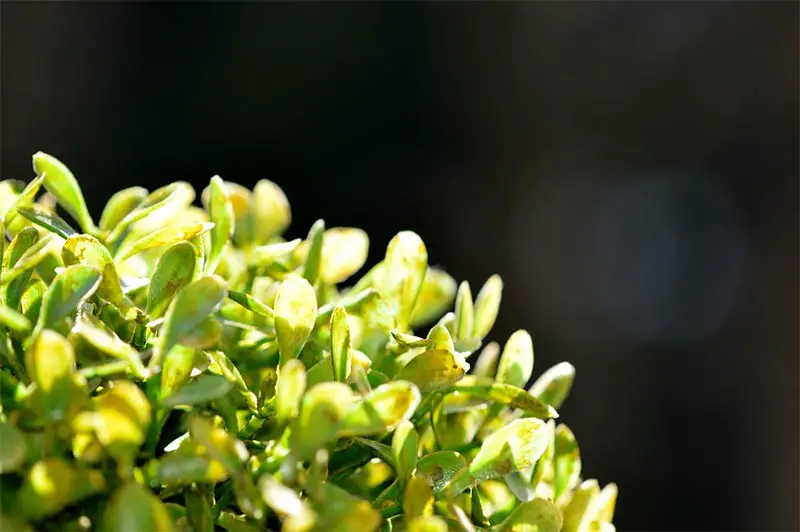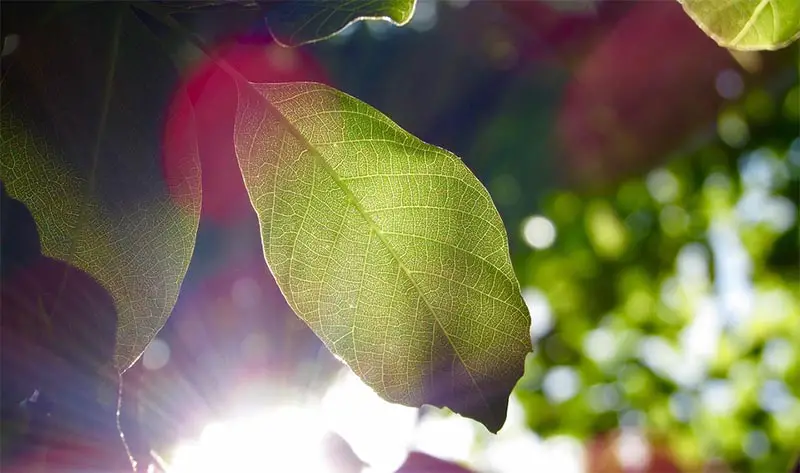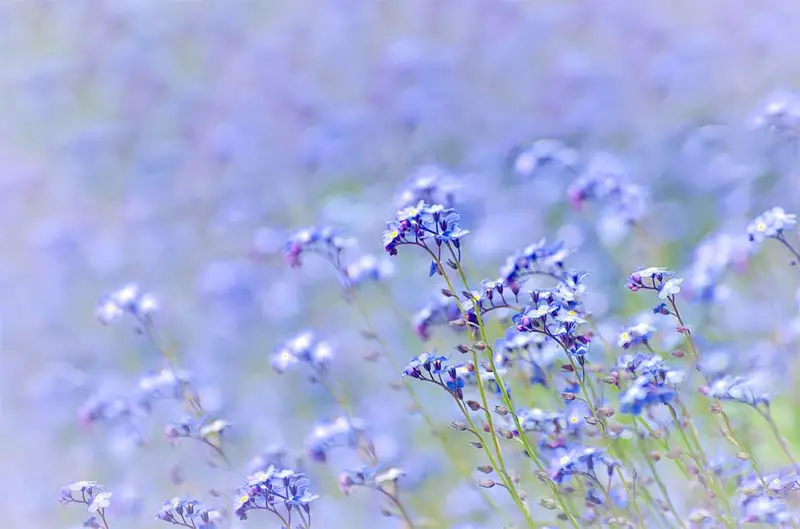What Is A Bonsai Grow Light?
Many growers, especially those new to the art, make the mistake of forgetting that these tiny creations are trees. They grow, flower, and fruit according to the seasons and the light conditions.
We have brought many tree species indoors, and sometimes those trees, which, if left in nature, would be growing outside, need a little assistance in terms of light.
It’s not to say that every bonsai grower will need to invest in grow lights, but if you live in a place that has a long, dark winter, your Bonsai will likely need some extra light. Also, if your Bonsai is not exposed to bright light during the day, you may find that they need a little extra light to flourish.

Know Your Tree And How Much Light It Needs
You must know the species of tree that you have and from where it originated.
If you select a bonsai tree with its origins in the tropical or subtropical parts of the world, it will need light all year around as that is what its ancestors had. Examples of this type of tree are Ficus (Ficus retusa and Ficus ginseng), Hawaiian Umbrella (Schefflera arboricola), and Sweet Plum (Sageretia theezans).
Trees from temperate climes will need a dark winter during which the tree will rest before beginning its growth cycle in spring. Examples of this type of tree are junipers, camellias, boxwoods, and Maples.
How Do I Know If My Bonsai Needs Extra Light?
As we have said, Bonsai are trees, and all trees need light to encourage photosynthesis creating food for the plant.
This means that all Bonsai need at least five hours of sunlight each day, whether inside or out. If they are not given sufficient light and warmth, the leaves will turn brown as the chlorophyll in the leaves is not activated. Before assuming the light is the problem, also check for water. If the plant is allowed to dry out, the leaves will also turn brown.
Be aware of how close the plant has been placed to the glass. If the window gets direct sunlight at midday in tropical areas of the world, the position may be too hot, and the leaves are burning.
A sickly looking plant that has stopped putting out new growth is a good indicator that the conditions are wrong. Check for disease or insect infestations, and if those are absent and water and fertilizing routines are being adhered to, it’s most likely the plant is not getting enough light.

How Can I Supplement The Light?
It’s possible to grow your Bonsai under artificial light. Here we will look at a few of the options available for artificial light.
Incandescent Bulbs
It’s not a good idea to use the old incandescent bulbs as they generate an excessive amount of heat, and as your light source should be positioned close to the plant, you risk damaging the tender growing tips.
Fluorescent Lamps
If you intend to use fluorescent lamps, make sure you buy full-spectrum bulbs. These lamps are designed to give out the full spectrum of light, equivalent to the light at midday. The light they give will appear very white, but it’s wise to remember that these lamps will not provide the heat that the midday sun will provide; they’re designed to emulate the hue of the midday sun.
The bulbs come in a variety of shapes and sizes to fit most lamp holders.
HID Lights
HID stands for High-Intensity Discharge, and they come in two forms; MH (Metal Halide) and HPS (High-Pressure Sodium).
These lights work very well for Bonsai, but they have a high heat output, so they should not be placed too close to your precious plants.
MH lights best promote vigorous growth of branches and leaves, while HPS lights work well for flowering trees.
LED Lights
There have been vast improvements in the provisioning of LED lights for encouraging plant growth. These lights emit the full spectrum of light and are very cool, so they are an ideal choice for lighting your Bonsai.
Another benefit of these lights is their ability to change their output light colour easily. With a simple turn of a dial, you can get the LEDs to output a blue spectrum of light to encourage the growth of branches and foliage or to emit the red light spectrum to encourage flowers or fruit.
Using LED lights makes a great deal of sense as they are environmentally friendly, use little power and are cool. Make sure you purchase from a reputable dealer and avoid the cheap sets available online.

Is There Such A Thing As Too Much Light?
The answer to this is yes; you can give a plant too much light. When a plant receives too much light, it results in the plant shutting down to protect itself. The leaves will curl, and the leaves appear white on the top, with the veins highly visible.
Again, this can be avoided by the grower knowing the requirements of their particular plant. Research, research, research and know your plant species!
Tips For Using Grow Lights For Your Bonsai
Here are a few valuable tips to help you with your use of grow lights for your Bonsai.
Tip #1: Don’t Leave Them On All-day
Your Bonsai will not benefit from having the lights on 24/7. Think again about the tree that grows in the wild. Nighttime will come, and you need to emulate those rugged conditions, so make sure your Bonsai gets five to six hours of darkness each day.
Tip #2: Research The Right Intensity Of Light For Your Bonsai
Again, it’s essential to know about the species of tree that you want to place under lights. Where does it come from, and what are its wild growing conditions. In other words, how much light does it need?
In rough terms, 3500 to 4000 lux should be sufficient for most species but do your research for your specific plant.
Tip #3: Invest In Several Small Lights Rather Than One Huge One
If you have multiple smaller lights, it is easy to position them around your precious plants. Remember, the trees will grow towards the light, so placing one light on one side will result in the tree growing to that side as it stretches toward the light. Lights placed around the tree will give a more balanced growth pattern.

Conclusion
Growing trees indoors can be complex, but it’s rewarding. Choose the tree species with care and make sure you understand the light, humidity, watering, food, and warmth requirements for your tree. Grow lights can supplement natural light and keep your precious creation from literally starving to death.
We have a detailed bonsai tree care guide with all the relevant information. Check the guide out here!








One Response
is it ok to use a grow light on my outdoor bonsai plants diring the winter months? thank you for a reply